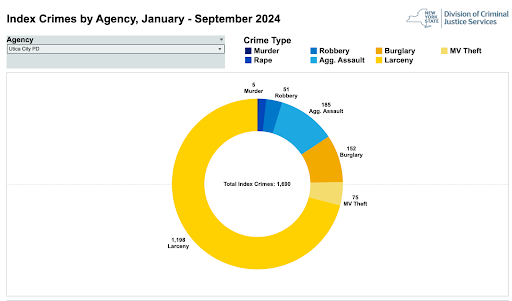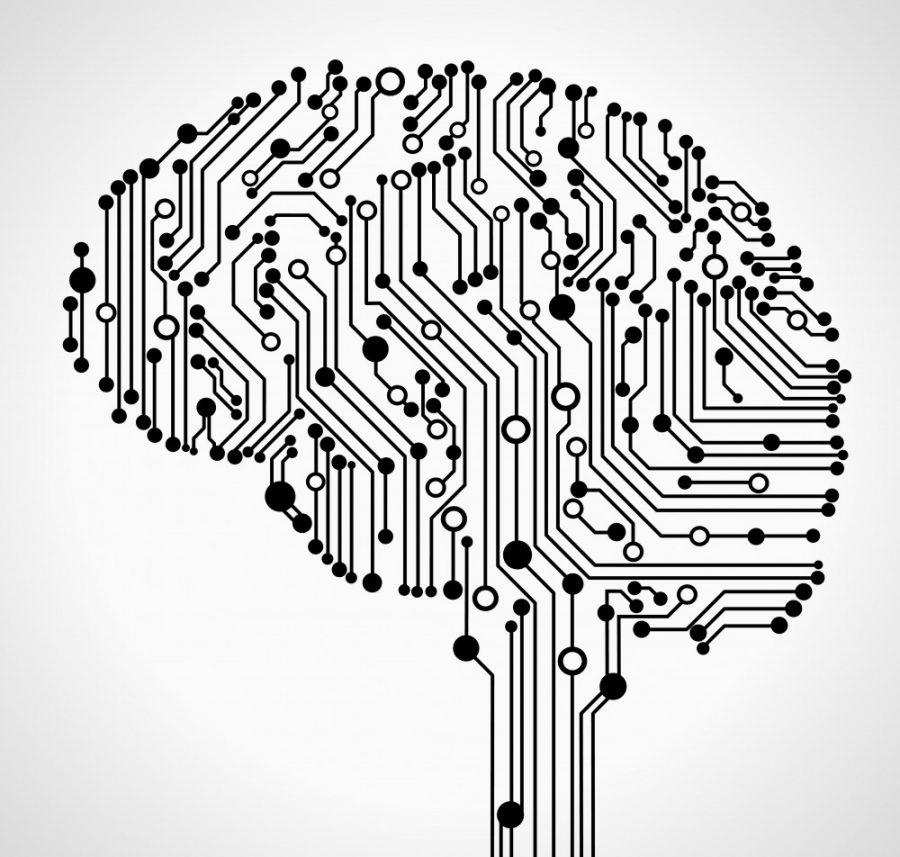Kyle Riecker, Layout Editor
At the 2016 Rio Olympics, The Washington Post unveiled a news writing bot, which Tweeted the outcomes of events during the games. The Tweets were generated by an artificial intelligence (AI) tool called Heliograf, part of the Post’s suite of publishing tools for newsrooms.
In the months since, development of the Heliograf software has enabled it to write stories nearly indistinguishable from that of a human author.
According to Wired, Heliograf covered the national and local U.S. elections in November. It wrote over 500 articles for The Washington Post in that month alone.
“Democrats seized four redrawn, GOP-held districts in Florida and Virginia and held small leads in several other battlegrounds,” one article said, “But they could not unseat Republicans in key districts across the country, including suburban seats they believed they could easily win with Trump on the ticket.”
The previous quote wasn’t written by a squishy, breathing bag of flesh in an office. This well-structured sentence was generated entirely by AI.
News bots like Heliograf pass portions, but not all of the Turing Test, which requires a robot to trick a human into thinking they’re interacting with a real person. But complete emulation of human thought is still a distant goal, according to AI developers.
/u/eRodY is a bot designer that sends his creations crawling around Reddit with his calling card in hand. He thinks that bots like Heliograf have a long way to go to reach human-like intelligence.
“Bots are very good at completing repetitive tasks, even complex ones. But bots are still many years away from passing the Turing test, although it will probably happen in our lifetime,” eRodY said.
The implications for bot technology in the field of journalism are broad and controversial, raising the question: Will automated news bots replace humans?
Professor of Journalism and Public Relations Pat Swann doesn’t think so, at least not any time soon.
“I’m not an expert in AI but I don’t see journalists being replaced anytime soon,” Swann said. “Journalists have to have deep understanding of what they are reporting on and they need to be able to collect the right kind of information to create a meaningful story that includes context and analysis.”
Still, bots like Heliograf can benefit news media companies, particularly larger national ones. They can customize news content to a market based on local data – news that may have little or no national appeal.
This allows a company to cover numerous local markets without having a reporter on the beat in Utica New York or in Walla Walla, Washington.
“Instead of targeting a big audience with a small number of labor-intensive human-written stories, Heliograf can target many small audiences with a huge number of automated stories about niche or local topics,” Joe Keohane of Wired wrote. “There may not be a wide audience for stories about the race for the Iowa 4th, but there is some audience, and, with local news outlets floundering, the Post can tap it.”
Kelsey Carlo, who is a junior in the public relations sports communication major, doesn’t think bots will be detrimental to local news outlets.
“I feel like I would go to a bigger outlet for national news and stay local for local news. I see what they are trying to do, though – broaden their audience,” Carlo said.
Automation can save copy editors precious time updating online articles. For example, Heliograf can update facts within a story as they become available. This frees up time for editors to focus on developing news.
Human intervention is still required during the process, though.
Story editors create sets of possible scenarios, such as whether a sports team wins or loses. Then, they are loaded into the software. Heliograf connects with a database that gathers facts related to news coverage. After that, it merges the facts with the appropriate scenarios to create copy.
When asked if she thought that this technology could replace reporters or possibly put journalists out of work, Carlo said “Oh definitely. If you’re using these machines, why would you need people to report on it if machines can do it for you?”
The lack of the human element is still apparent, Professor Swann explained.
“It takes a human to add in the context and connect the dots,” Swann said. “Also, interviewing people is more than just quoting what people say. It takes a trained reporter to ask the right questions.”
Indeed, bots don’t possess the power of the brain.
“Computer hardware is still far too weak to mirror the speed and capacity of the human brain – bots would need to store around 2.5 petabytes and access it in real time,” ErodY explained.
As technology and computer processing speeds improve, AI tech will make significant gains with it. AI will likely evolve to equal human intelligence, making bots like Heliograf seem simple in comparison, like a single-celled organism living in primordial ooze. And as quantum computing becomes a reality, the dawn of human-like AI might not be far off.
“I feel like the world will become totally automated and humans won’t have to do anything,” Carlo said. “I think it’s going to get scary.”


















![President Todd Pfannestiel poses with Jeremy Thurston chairperson Board of Trustees [left] and former chairperson Robert Brvenik [right] after accepting the university's institutional charter.](https://uticatangerine.com/wp-content/uploads/2023/10/unnamed.jpeg)





















































































































